
In this blog post: Do you know the whiny a phonics rule? Learn all about the nasalized short a sound and grab a free whiny a craft and worksheets.
I’ve heard from quite a few teachers recently that their students are getting stuck on short a words like “fan” and “ram.” Why is this happening? Well, it’s most likely because the short a is making it’s “whiny” sound and students are hearing the difference.
I’ll be honest, I had never heard of the whiny a phonics rule until a few years ago.
Then it was like a lightbulb went off in my head! It made total sense why some students struggle to identify the vowel sound in certain short a CVC words.
So what is “whiny a”?
What is whiny a?
In certain short vowel words, the vowel a can make a slightly different sound than the regular short a /a/. Instead of saying /a/ like cat, it sounds more like a baby’s cry. Hence the nickname whiny a.
It can be hard to hear the difference, but let’s try:
Say these words: bat, rag, mad.
Now say these words: man, ram, ban.
Do you near a difference in how you say the vowel sounds? If you do, it’s because the second set of words contain the whiny a sound.
NOTE: This phonics rule is completely dependent on dialect! There will be some dialects and accents that do not have the whiny a sound.
What causes the whiny a sound?
The whiny a sound occurs when short vowel a sits next to a nasal sound like m or n. Because of where these sounds are made in the mouth, it causes the vowel sound to be distorted and we pronounce it as more of a nasalized sound.
If you say a regular short a word and then a whiny a word, you’ll notice that your mouth opens differently. Your jaw will open deeper for the regular short a word than for the nasalized short a word.

M, n, and ng are all nasal sounds as seen on the sound wall, and they can all cause the whiny a sound. In Kindergarten, I only focus on m and n because we usually don’t cover the ng sound.
When should you teach the whiny a rule?
When teaching CVC words and working on decoding and writing, it’s helpful to cover the whiny a phonics rule briefly. You most likely won’t have to spend a lot of time on this, but it will help your students become more fluent readers if they understand why that vowel sound is different.
Is this something that every student will need? Most likely no. Many students will be able to read short a words fluently without specific instruction in whiny a.
But having an explicit lesson on whiny a can be helpful to lay the groundwork for students who might struggle with the sound. While it might not be necessary for every student, it will still be beneficial for all students.
FREE whiny a posters and activities
Do you need phonics materials to help you better teach the whiny a rule? I’ve got you covered with this free phonics pack.
First off, it includes a whiny a poster with the whiny a character to help your students better remember the sound. You can use the whiny a poster to introduce the sound and then hang it up for students to continue to reference.
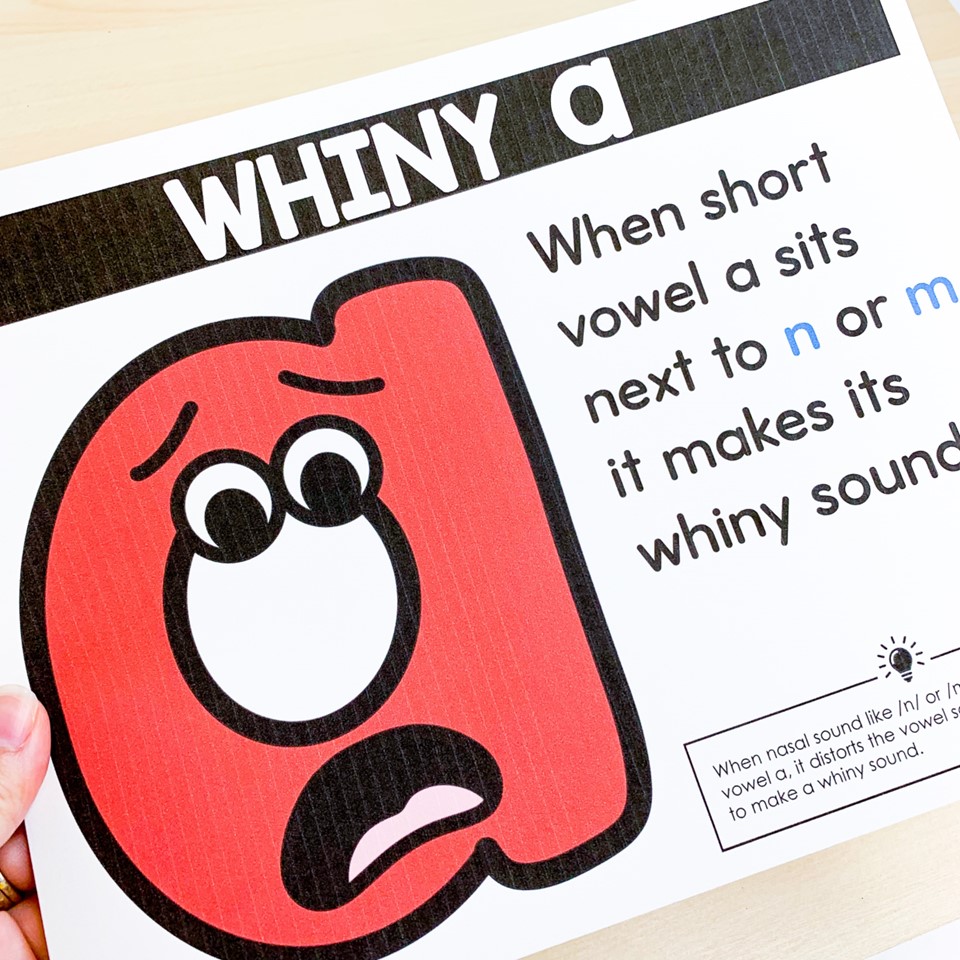
Next, students can make the whiny a craft! This is a very simple craft, but it is a great way to reinforce the phonics rule.
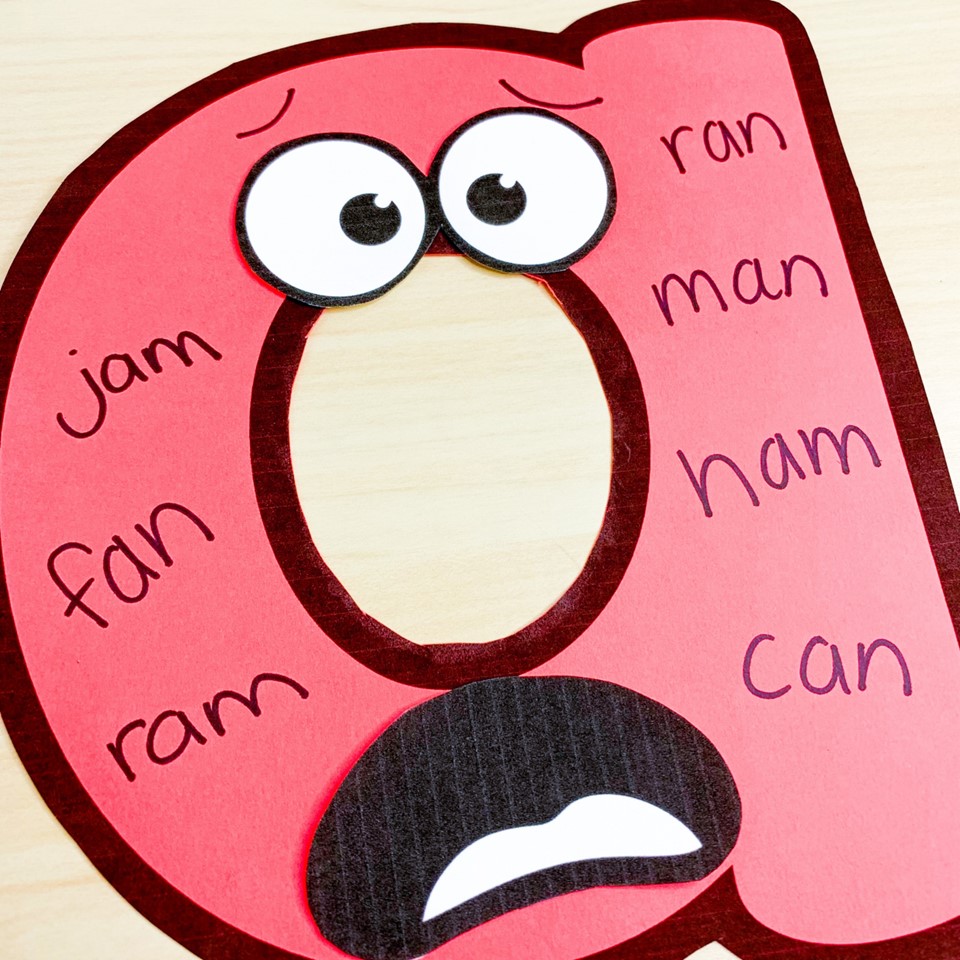
After students make whiny a, they can write CVC words that would make the whiny a sound on the a’s body.
Last, free CVC word worksheets are included. These worksheets only include words that end in -an and -am to help students practice writing words with that whiny a sound.
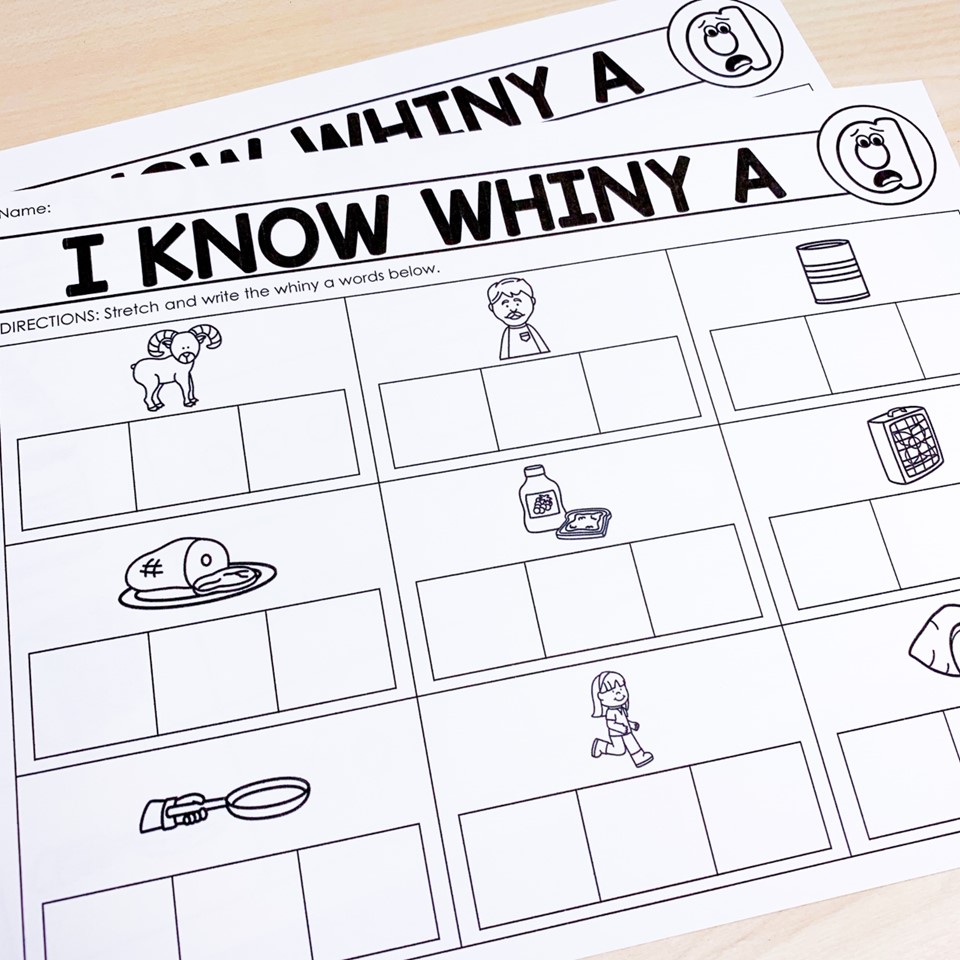
To grab the free whiny a materials, just click the button and enter your email below. Suggested: School district accounts often block emails with outside downloads. I always suggest using a personal email address and then checking your spam and promotions folders.
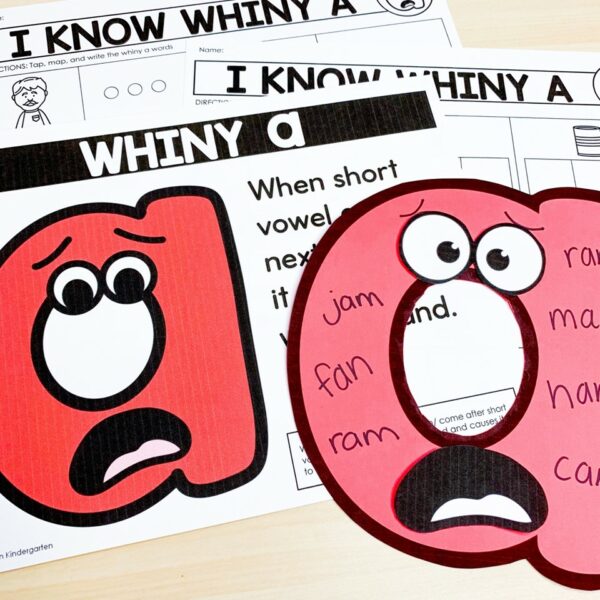
Do you love free stuff?
Whiny A Materials
These whiny a materials including a poster, craft, and worksheets will help your students better remember the nasalized short a rule.
Kindergarten Phonics Instruction
Are you looking for a full year of explicit, hands-on phonics lessons and materials? Then the Kindergarten Phonics Curriculum is just what you need!
It includes 180 days of instruction that completely aligns with best practices from the Science of Reading already planned out for you.
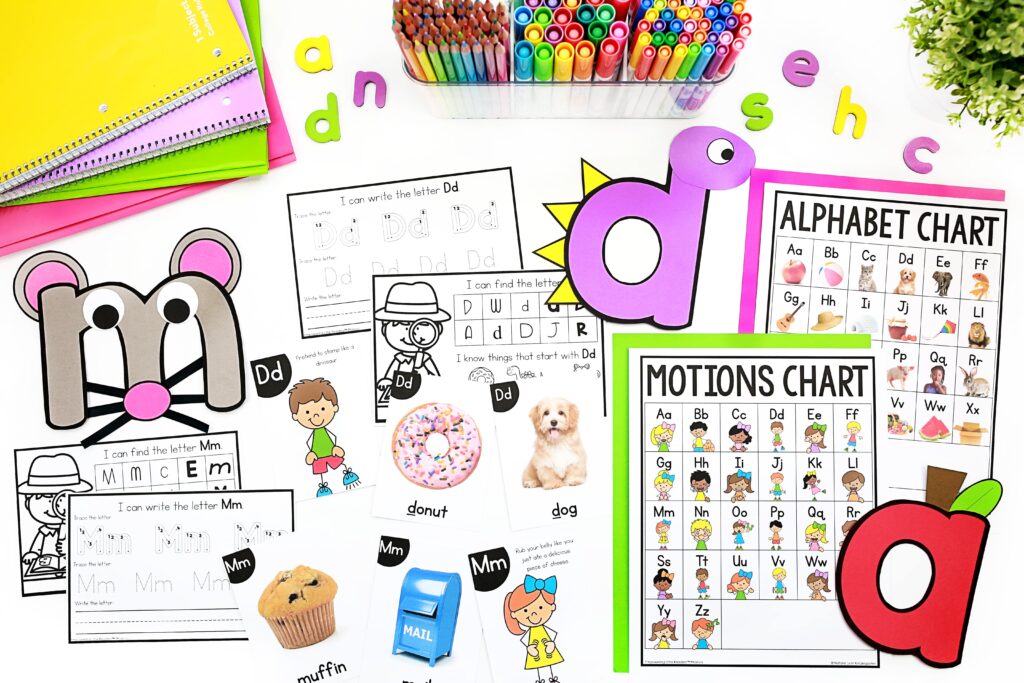
Why this Kindergarten phonics curriculum?
It’s systematic and explicit. This phonics curriculum follows a scope and sequence that makes sense and builds off prior knowledge.
It’s perfect for whole group instruction. Small group phonics instruction is important for differentiation, but if you can’t meet with students every day then whole group instruction is necessary. This is your tier 1 phonics instruction.
It’s hands-on. This curriculum is not a “teacher talks, students listen” model! All lessons were designed to be engaging and keep students moving and learning.
It’s developmentally appropriate! This might be the most important part! These phonics lessons go at a pace that isn’t too fast, but also isn’t boring. Students learn the phonics skills through movement, crafts, fun characters and secret missions, games, and more!
Ready to rethink your phonics block? Check out the Kindergarten Phonics Curriculum here!
Whiny a phonics rule
Hopefully this blog post helped you better understand whiny a and why some students may struggle with the nasalized short a sound. By using the free whiny a materials above to explicitly teach the nasalized short a rule, you’re helping your students to become more fluent readers who know how to “crack the code.”







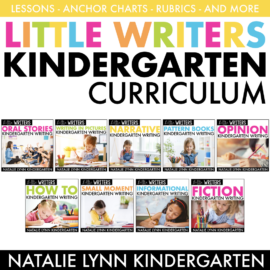
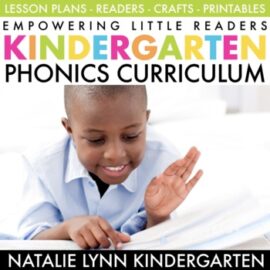
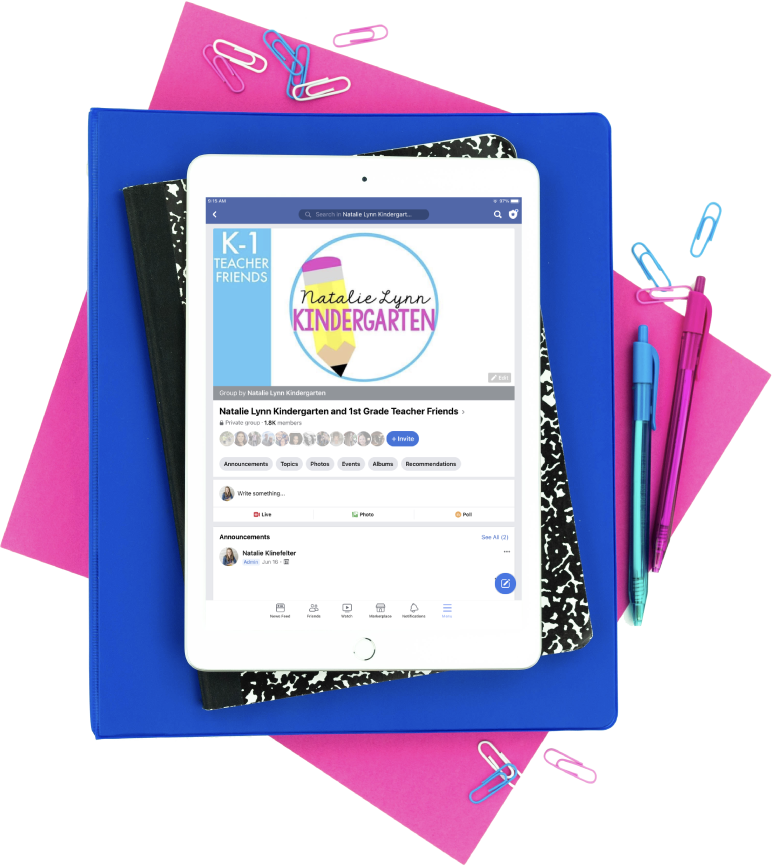

Great blog post! I have definitely struggled with teaching the short a sound in words like fan and ham for the exact reason you explained so clearly in your post. I’m teaching many students who are English language learners and I can relate to their confusion when I tell them that short i and short e are two different sounds (which sound very similar to my students) but the short a in mat is the “same” sound as short a in man, even though it sounds a bit different.